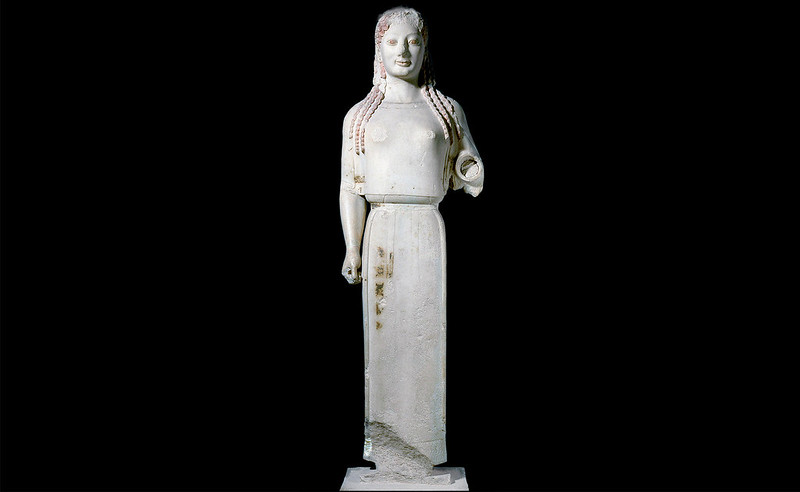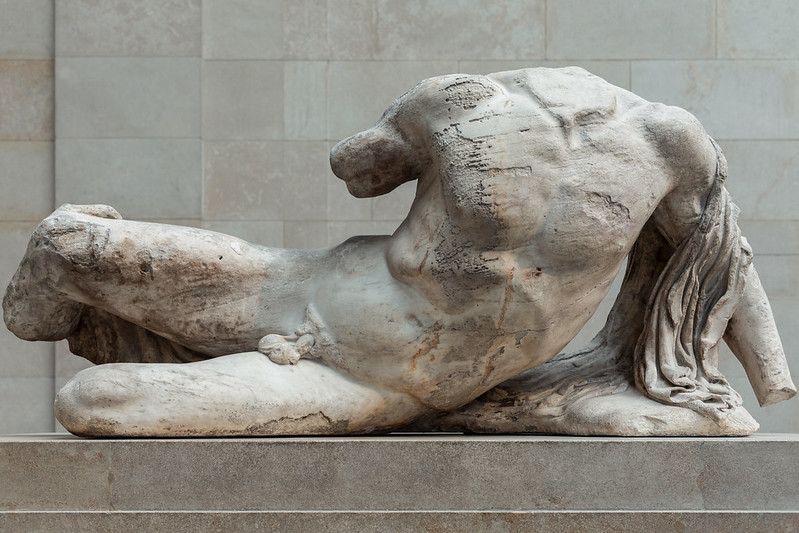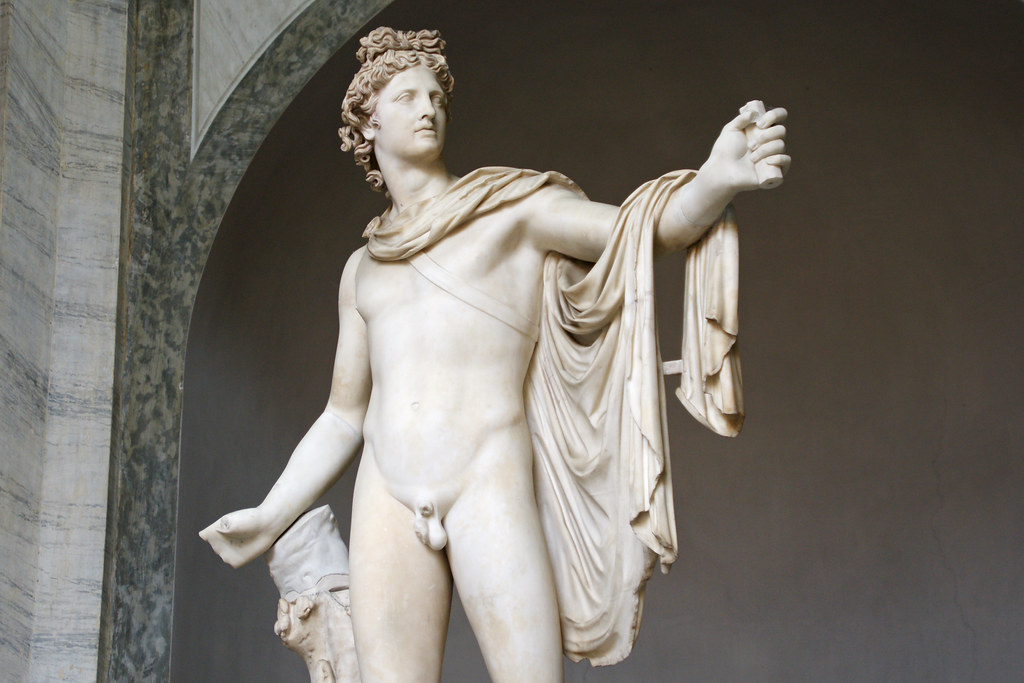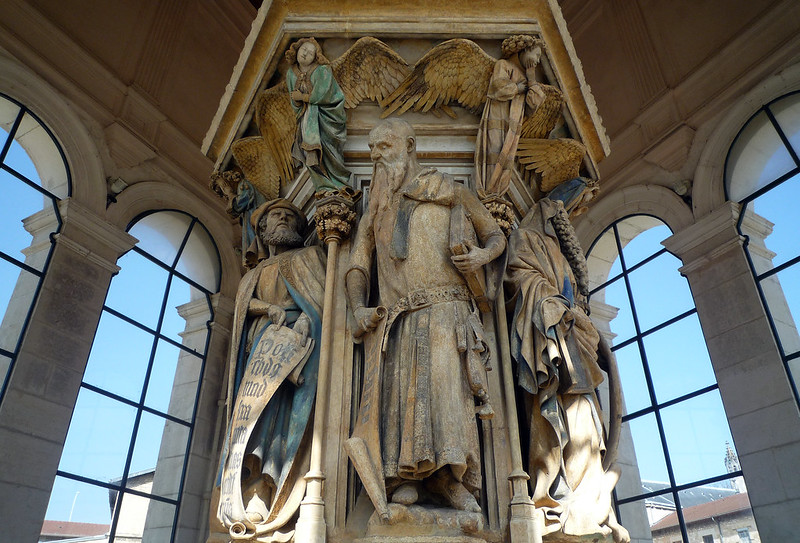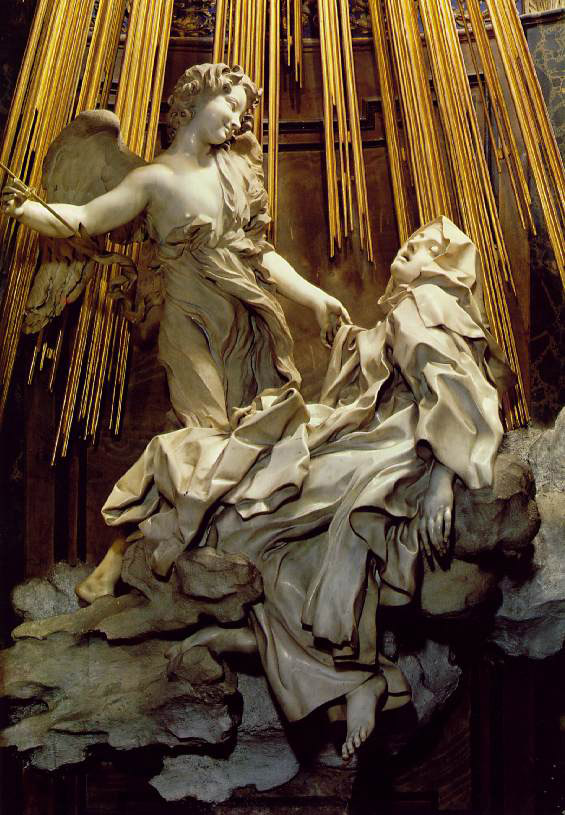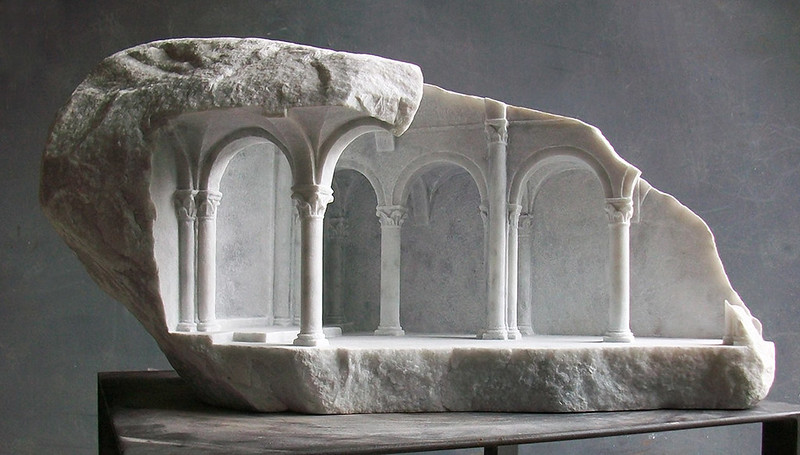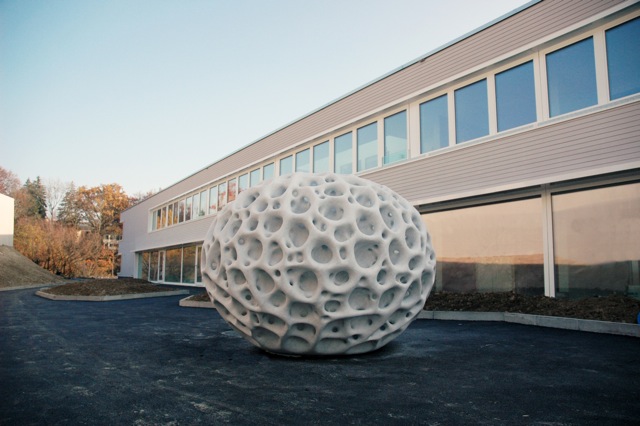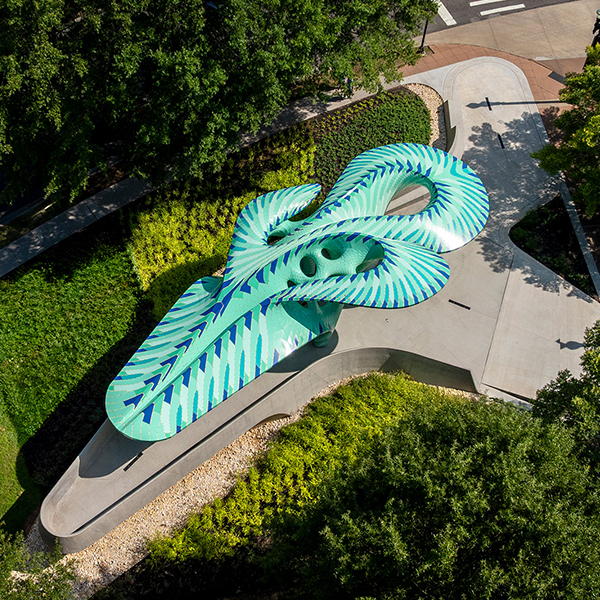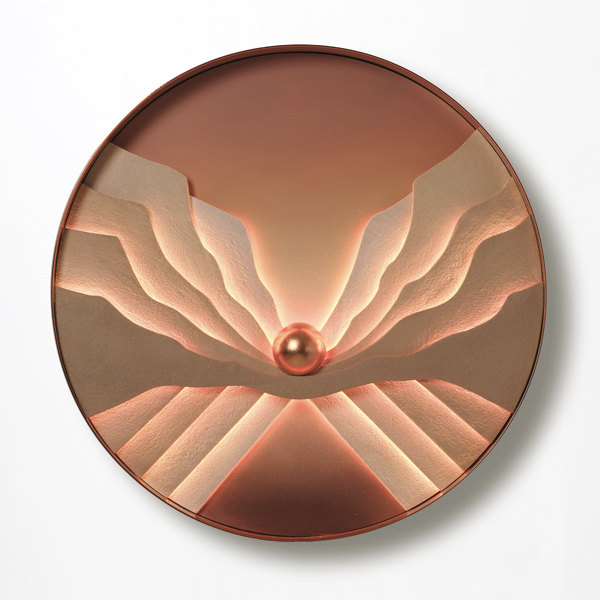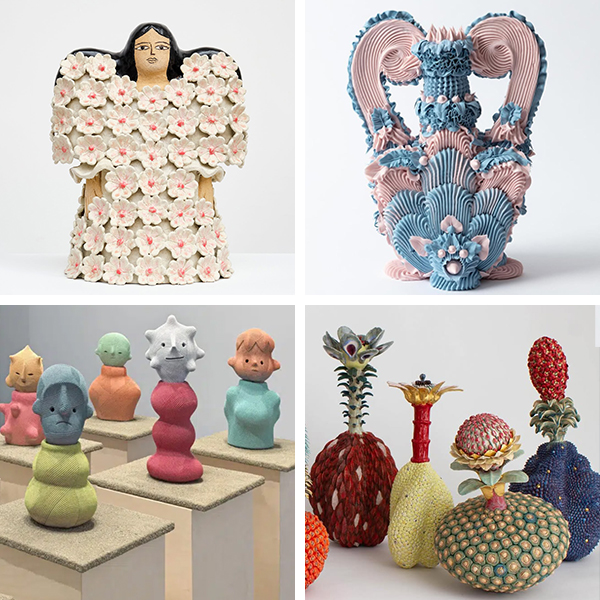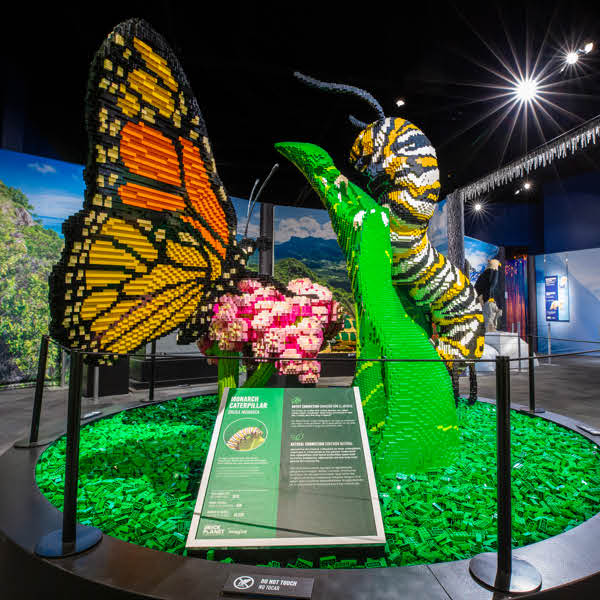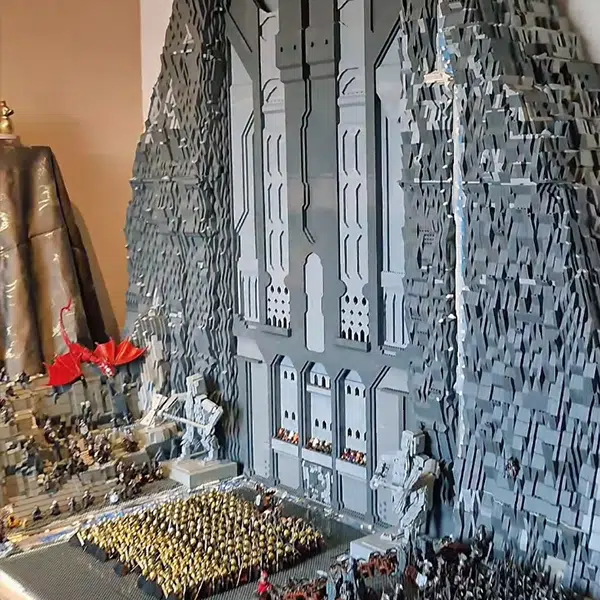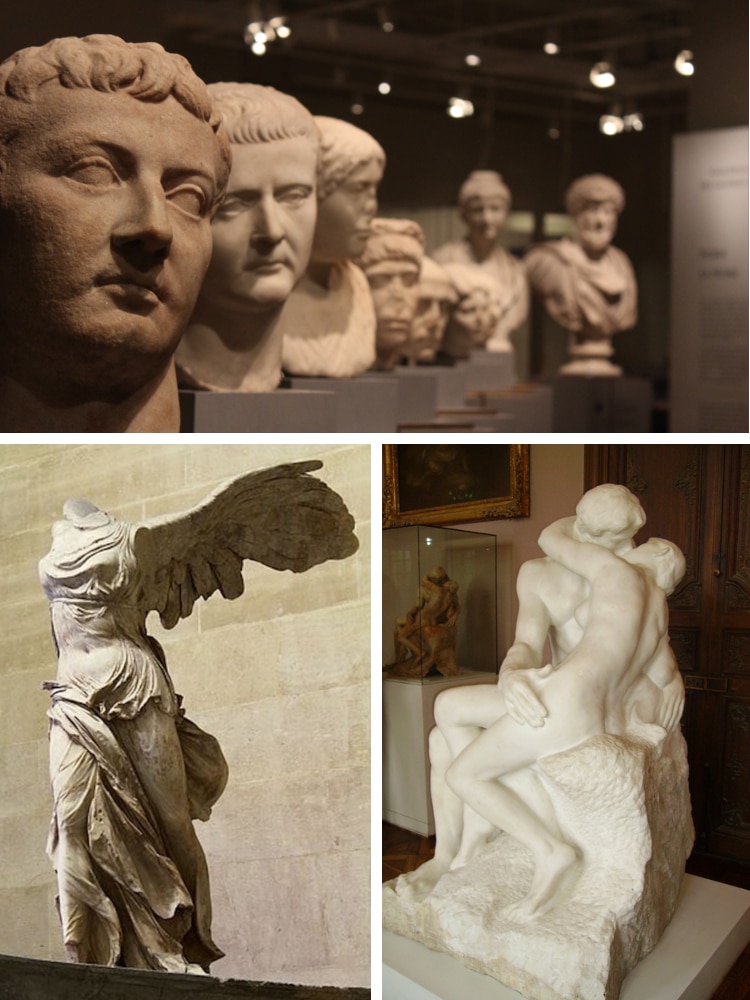
Throughout art history, sculptors have experimented with an eclectic range of mediums. While cast bronze, carved wood, and fired clay have made lasting impressions, no material has captivated quite like marble.
Prevalent in ancient and contemporary art alike, marble artworks have a prominent place in many major art movements and are among some of the most famous sculptures in the world. Here, we trace the evolution of the enduring art form, showcasing the historic prevalence of the practice and proving its timeless popularity.
Ancient Art
Mesopotamia
For millennia, artists have opted for marble, a metamorphic rock, due to its soft, easy-to-carve composition and the translucence of its surface. In ancient Mesopotamia, marble was used to create crude models of animals (both naturalistic and anthropomorphic) and figures, though other mediums like limestone, diorite, and terra-cotta were used more frequently.
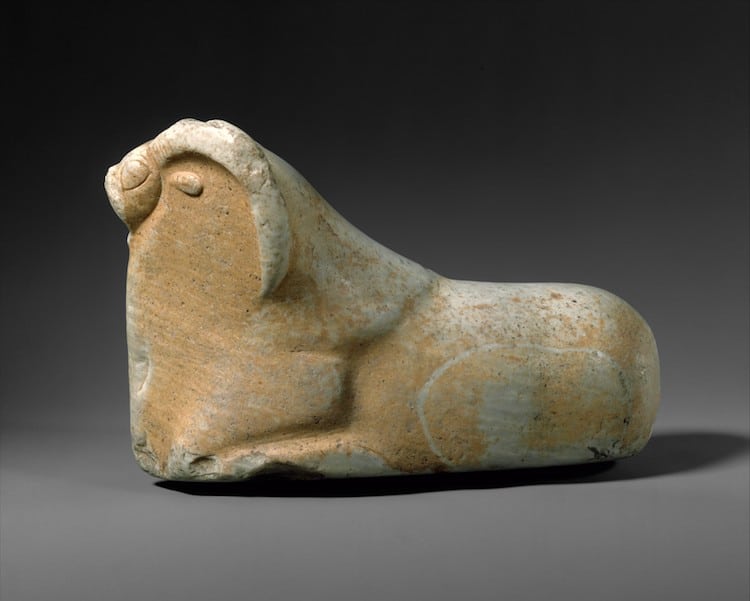
‘Reclining Mouflon' (ca. 2600–1900 BCE) (Photo: Met Museum Public Domain)
Egypt
Similarly, ancient Egyptians artistically employed a wide variety of stone. While limestone and granite were their mediums of choice, they occasionally used marble to craft figures of pharaohs, gods, and guardians for temples and tombs. Like the Mesopotamian figures that came before, these pieces are primitive in design, showcasing flat and stylized silhouettes rather than realistic forms or lifelike details.

‘Isis with Horus' (332–30 BCE) (Photo: Met Museum Public Domain)
Greece
During Ancient Greece's Archaic Period of art (8th century-500 BCE), artists began to show increasing interests in marble. Though rendered with more realism than sculptures from preceding periods, marble figures from this time are not yet naturalistic, as their expressions remain relatively stoic and their poses convey little movement.
During Greece's Classical Period (500 BCE to 323 BCE), marble sculptures rose to prominence. With an unprecedented interest in naturalistic representation, Classical artists began to skillfully sculpt beautiful freestanding figures and reliefs that exhibit an astonishing attention to detail, idealized perception of anatomy, and refined chiseling techniques.
At this time, Greek artists often opted to showcase their talents through drapery, representing clinging and hanging fabrics through intricate carving.
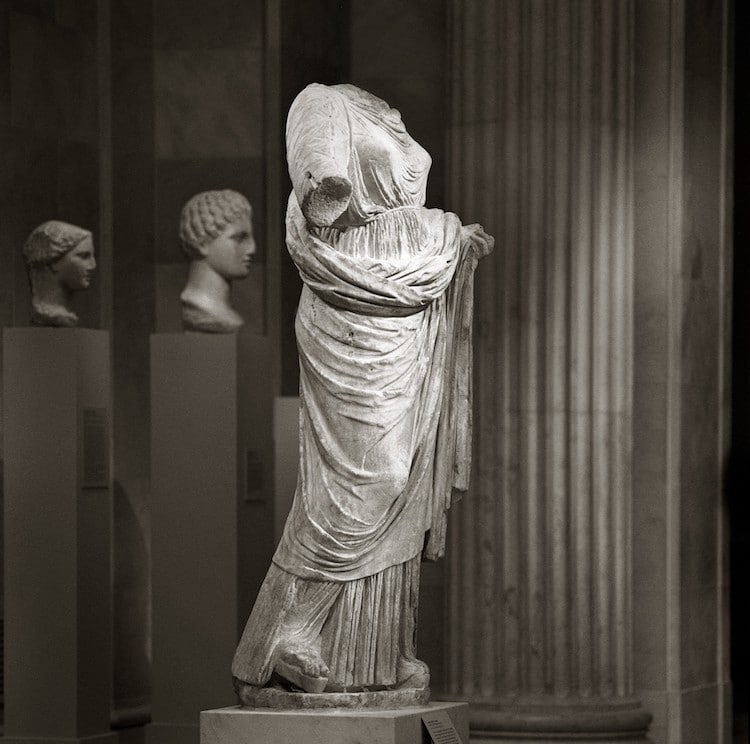
‘Marble Statue of a Woman' (4th century BCE) (Photo: Met Museum Public Domain)
During the Hellenistic Period (323 BCE- 31 AD), Greek artists built upon these advancements, producing pieces that were increasingly expressive and naturalistic in movement. Many well-known Greek sculptures, including Laocoön and His Sons, The Winged Victory of Samothrace, and The Venus de Milo, are from this era.
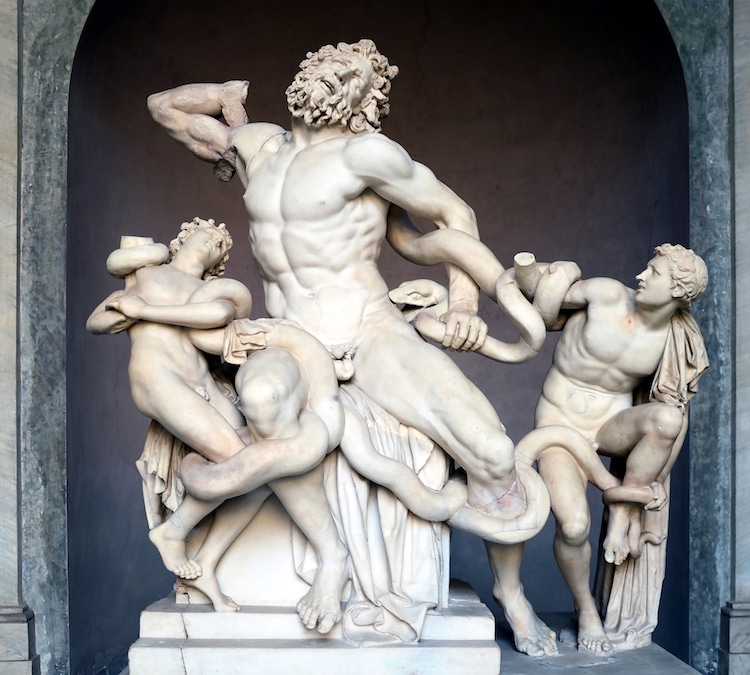
‘Laocoon and His Sons' (First Century B.C.E.) (Photo: LivioAndronico via Wikimedia Commons CC BY-SA 4.0)
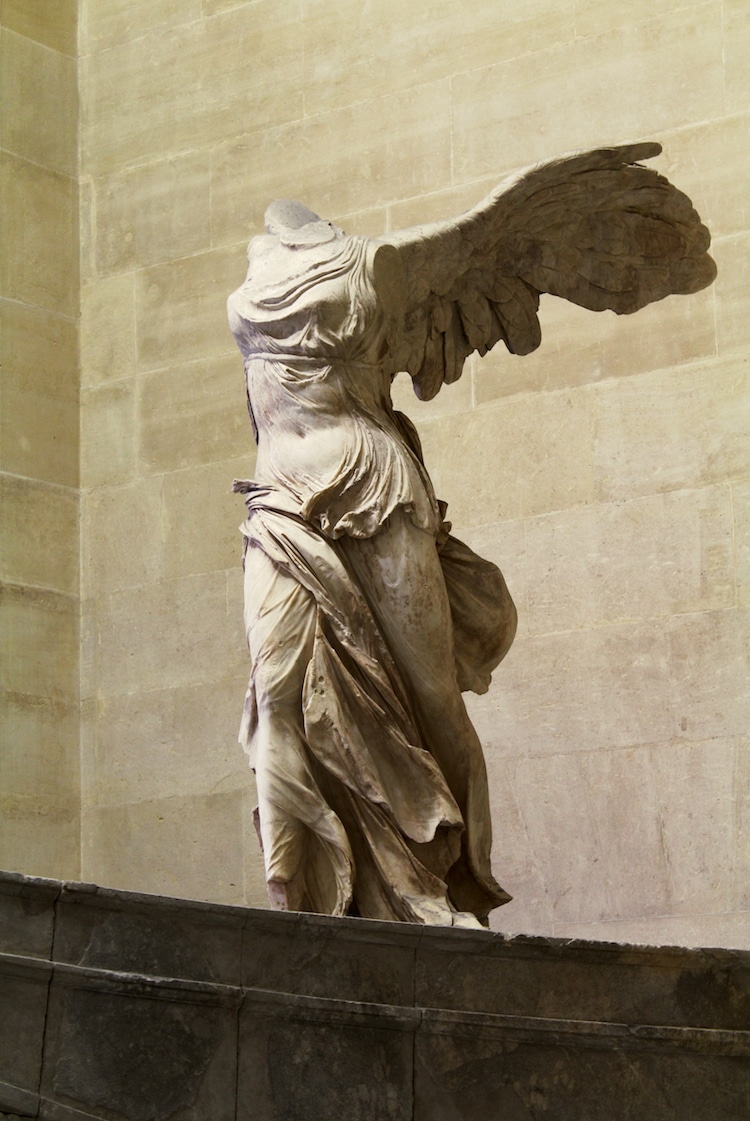
‘Winged Victory of Samothrace' (190 BCE) (Photo: Rijin via Wikimedia Commons CC BY-SA 4.0)
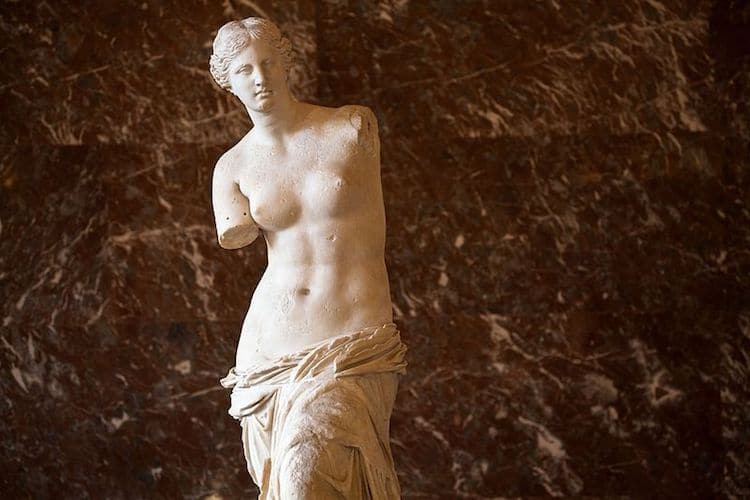
‘The Venus de Milo' (101 BCE) (Photo: Bradley Weber via Wikimedia Commons CC BY 2.0)
Rome
Ancient Roman sculptors are predominantly known for two types of marble sculptures: portraits, or busts, and marble copies of Greek bronzes.
During the Republican Era, artists carved realistic portraits of people—including political leaders, military officials, and historians—from the chest or neck up. Known as busts, these life-sized works are celebrated for their impressively naturalistic appearance.

Photo: Jason Zhang via Wikimedia Commons CC BY-SA 4.0
In the Imperial Roman period (31 BCE – 476 AD), marble reproductions of bronze sculptures from Greece became increasingly popular, as “Rome’s conquest of Greece by the first century BC subjected Roman artistic taste to the influence of Greek style” (The British Museum). In many cases, these marble replicas are particularly important to art historians, as many of the bronze muses are no longer in existence.
The Middle Ages
During the Middle Ages (5th to the 15th century), artists in Italy continued to create sculptures using marble sourced from local quarries or salvaged from ancient ruins. Unlike sculptors of antiquity, Medieval marble artists rejected realism in favor of naive, stylized depictions. Similarly, instead of life-sized figures rooted in mythology or secular subject matter, they tended to create religious pieces like small figurines and altarpieces adorned with relief carvings.

Andrea da Giona, ‘Altarpiece with Christ, Saint John the Baptist, and Saint Margaret' (1434) (Photo: Met Museum Public Domain)
Outside of Italy, sculptors were also interested in this subject matter. However, they preferred working with ivory, stone, and wood, as marble was largely inaccessible and much more costly.
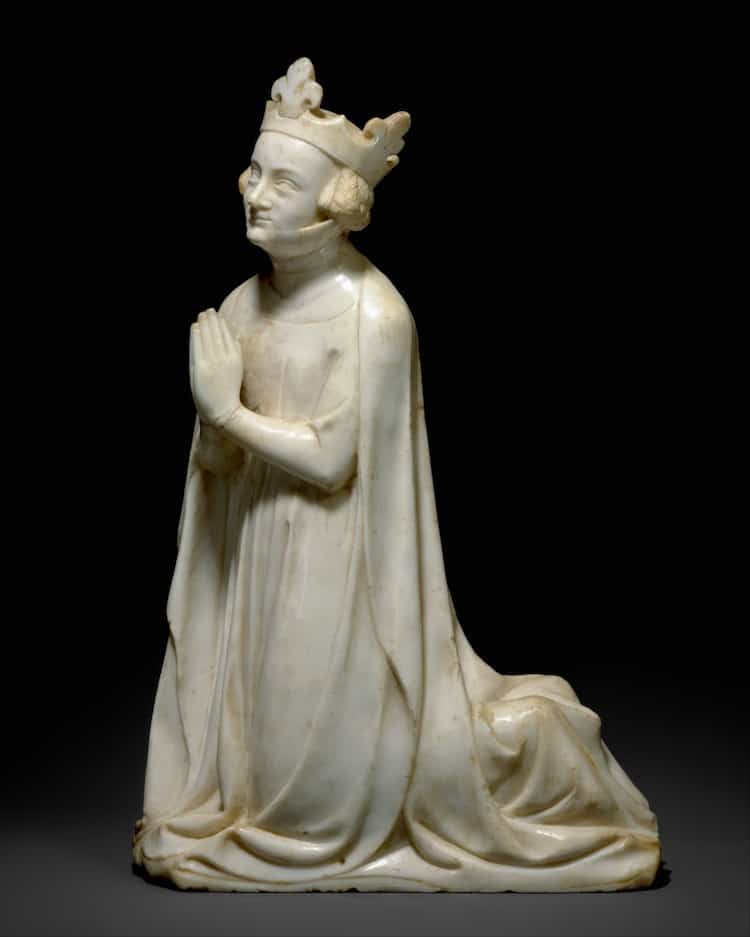
‘Queen, from a group of Donor Figures including a King, Queen, and Prince' (ca. 1350) (Photo: Met Museum Public Domain)
The Renaissance
During the Renaissance (14th-17th century), artists across Europe developed a renewed interest in Classical art. One of the elements Renaissance artists revived was a preference for marble, culminating in some of the most well-known sculptures in the world.
The Italian Renaissance
During the Italian Renaissance, enlightened artists again adopted an aesthetic interest in naturalism. While most of these artists—like Leonardo da Vinci and Botticelli—mainly produced paintings and drawings, Michelangelo also worked as a sculptor. With marble as his medium of choice, he mastered the art of monumental works, including his iconic David statue.

Michelangelo, ‘David' (ca. 1501-1504) (Photo: Livioandronico2013 via Wikimedia Commons CC BY-SA 4.0)
The Northern Renaissance
Like Italian Renaissance artists, figures of The Northern Renaissance found inspiration in the timeless aesthetic of Classical antiquity. While sculptors still predominantly worked in wood, some also dabbled in marble. A highlight of early Northern Renaissance marble sculpture is the Well of Moses, a large-scale piece by Claus Slute that showcases his sculpting skills through flowing drapery and expressive details.
Baroque
Following the Renaissance, the Baroque Movement (early 17th-late 18th century) swept across Europe. This distinctive period is characterized by an interest in depicting dramatic subject matter in a highly ornate and elaborate aesthetic. Marble sculptures made during this time embody this approach, with artists like Gian Lorenzo Bernini specializing in intricately carved figures that are set in opulent surroundings and convey a swirling sense of movement.
Modern Art
During the Modern Art movement, figurative marble sculptures remained popular thanks to Auguste Rodin, whose larger-than-life pieces showcase a level of skill and an anatomical understanding inspired by Michelangelo. “Michelangelo revealed me to myself, revealed to me the truth of forms,” Rodin explained. “I went to Florence to find what I possessed in Paris and elsewhere, but it is he who taught me this.”
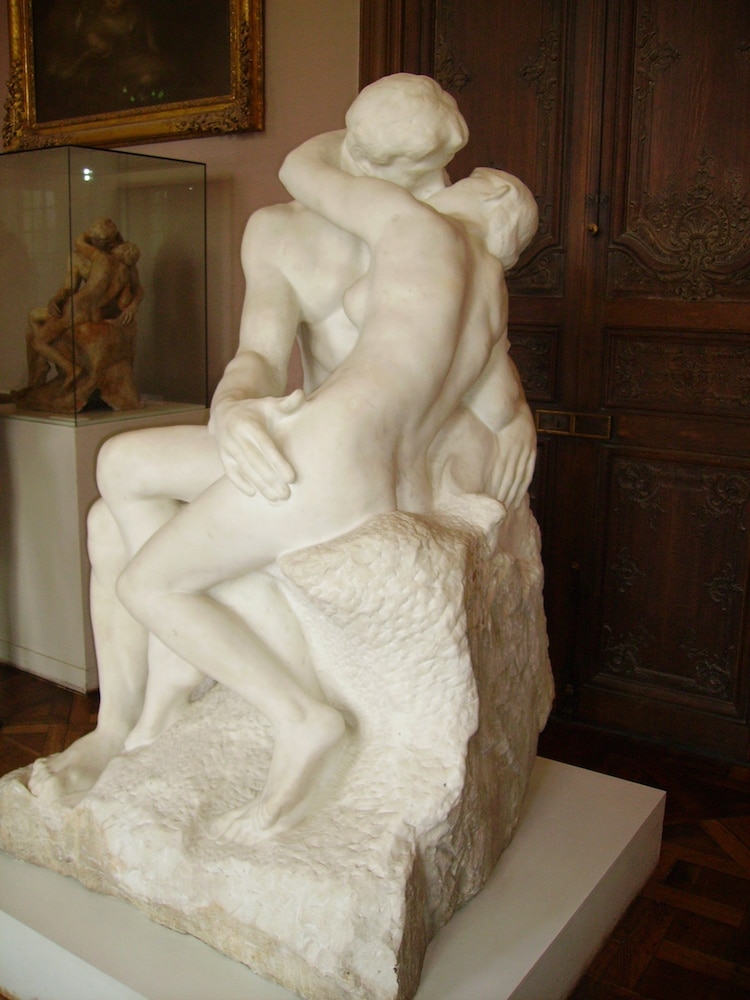
Auguste Rodin, ‘The Kiss' (ca. 1882) (Photo: Yair Haklai via Wikimedia Commons CC BY-SA 4.0)
Modernist artist Constantin Brancusi is also known for his sculptures. Breaking away from traditional representation, his sleek marble pieces combine geometric lines and an interest in abstraction with primitive motifs.
Marble Sculpture Today
Today, sculptors like Kevin Francis Gray, Matthew Simmonds, and Sibylle Pasch continue to experiment with marble, often finding creative ways to reimagine the craft and put a contemporary twist on Classical models. Ranging from realistic representations to abstract portrayals, these pieces highlight the versatility and timelessness of the ancient medium.
Related Articles:
3D Scans of 7,500 Famous Sculptures Available Online to Download and 3D Print
The History of Cupid in Art: How the God of Love Has Inspired Artists for Centuries
Sculptor Carves Ornate Architecture Interiors into Small Blocks of Marble and Stone
